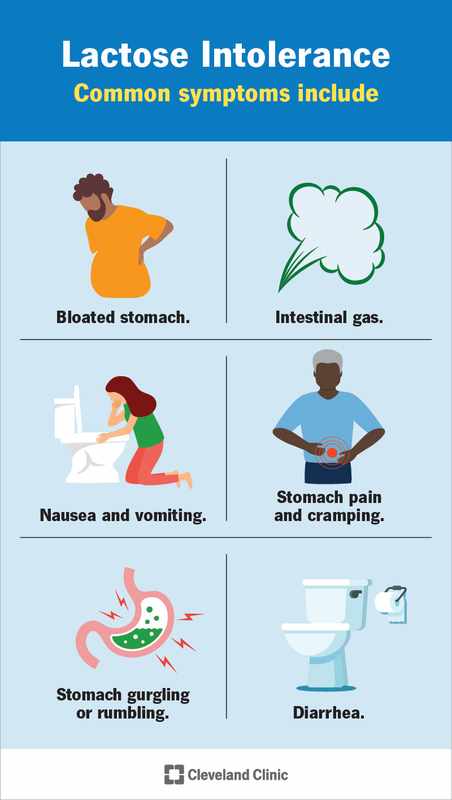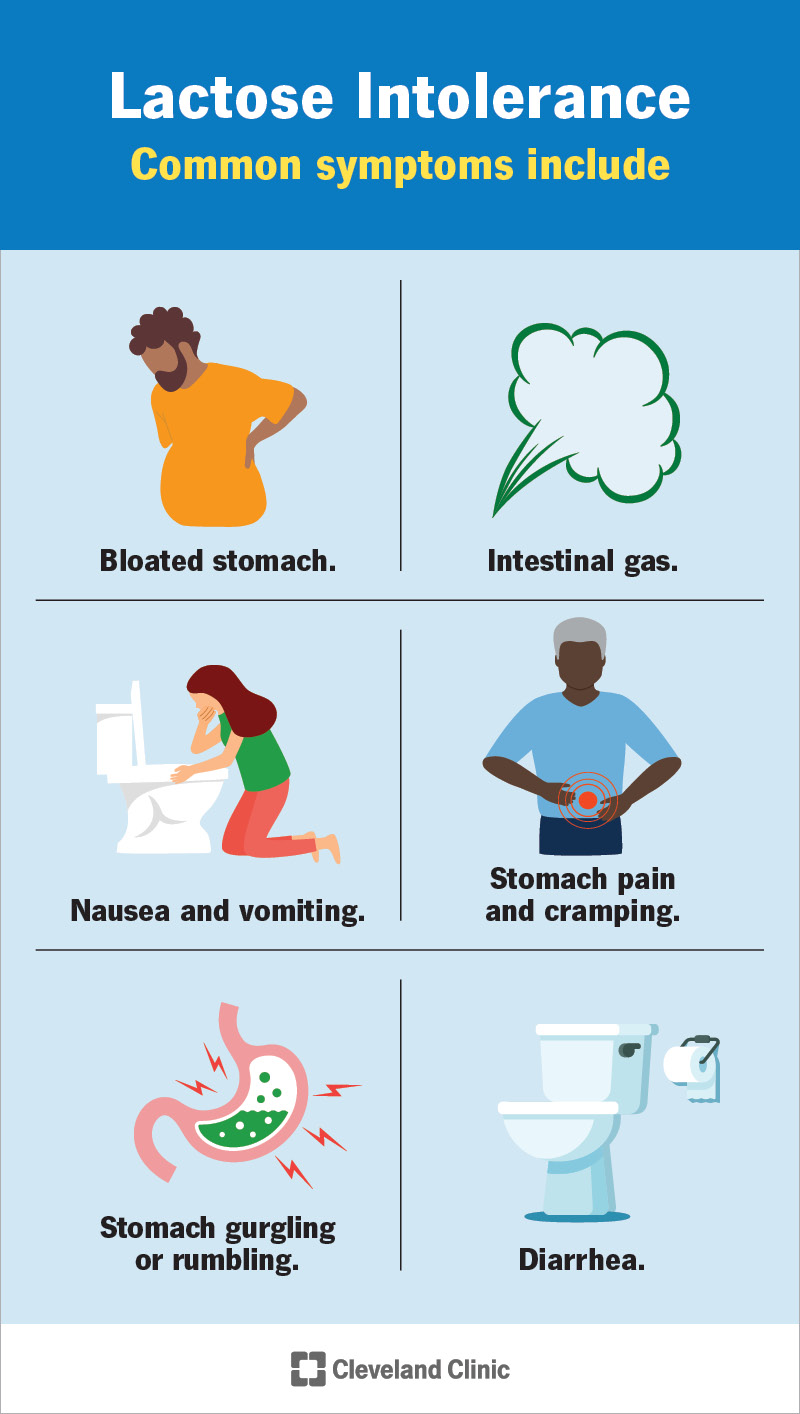The age-old question: “Am I lactose intolerant or sensitive?” For many of us, dairy products are a staple in our diets, but what happens when we start to experience some not-so-pleasant side effects after consuming milk, cheese, or yogurt? Do we blame it on the dreaded lactose intolerance, or is there something more going on?
What’s the difference between lactose intolerance and sensitivity?
Lactose intolerance is a condition where the body doesn’t produce enough lactase enzyme to break down lactose, a sugar found in dairy products. This can cause symptoms like bloating, gas, and diarrhea after consuming lactose-containing foods. On the other hand, lactose sensitivity refers to a broader range of issues that may not be directly related to lactase enzyme deficiency.
What are some common signs of lactose intolerance?
If you’re experiencing any of these symptoms within 30 minutes to 2 hours after consuming dairy products:
- Bloating and gas
- Diarrhea or stomach cramps
- Nausea or vomiting
- Skin rashes or itching
You may want to consider lactose intolerance as a possibility. But before we dive deeper into the world of dairy and discomfort, let’s take a closer look at what might be happening when you consume these products…

The symptoms of lactose intolerance can be uncomfortable, to say the least. But what if you’re experiencing some of these issues, yet your body is producing enough lactase enzyme? Enter lactose sensitivity – a concept that’s gaining traction in the health community.
Lactose Sensitivity: A Different Ball Game
When we talk about lactose sensitivity, we’re not necessarily referring to an inability to digest lactose. Rather, it’s a broader phenomenon where individuals may experience adverse reactions to dairy products, even if their bodies can break down the lactose.
Symptoms of Lactose Sensitivity
Some common signs of lactose sensitivity include:
- Mild to moderate digestive issues (e.g., stomach cramps, nausea)
- Inflammation or irritation in the gut and digestive tract
- Increased mucus production or congestion
- Skin issues, such as acne or eczema
- Mood swings or anxiety (in some cases)
The key difference between lactose intolerance and sensitivity lies in the underlying causes. While lactose intolerance is primarily an issue of enzyme deficiency, lactose sensitivity may be linked to factors like:
- Imbalanced gut bacteria
- A weakened gut lining
- Sensitivity to dairy proteins or hormones (e.g., casein)
- Allergies or intolerances to other components of milk, such as lactoferrin or whey protein
It’s essential to note that these symptoms can also be triggered by other foods or substances. For instance, some people may experience similar issues after consuming gluten, soy, or eggs.
To better understand your body’s response to dairy, it’s helpful to keep a food diary and track any symptoms you experience after consuming milk, cheese, yogurt, or other lactose-containing products. You can also consult with a healthcare professional or registered dietitian for personalized guidance and testing (if needed).
What’s the Next Step?
Now that we’ve explored the differences between lactose intolerance and sensitivity, it’s time to take action! In our next section, we’ll delve into strategies for managing lactose-related issues, from dietary changes to lifestyle tweaks. Stay tuned!
Get Expert Advice on Lactose Intolerance
Still unsure about your lactose tolerance? Our medical experts are here to help.
Consult a Medical Expert NowIn this installment of our exploration into dairy-related discomfort, we’ve covered the key differences between lactose intolerance and sensitivity.
Recap: The Key Points
So, what have we learned so far? To summarize:
- Lactose intolerance is a condition where the body doesn’t produce enough lactase enzyme to break down lactose, leading to symptoms like bloating, gas, and diarrhea.
- Lactose sensitivity refers to a broader range of issues that may not be directly related to lactase enzyme deficiency.
- We explored common signs of lactose intolerance, including bloating, gas, diarrhea, nausea, vomiting, skin rashes, or itching.
Final Insights: The Verdict is Yours
If you’re experiencing any of these symptoms after consuming dairy products, it’s time to take a closer look at your relationship with milk, cheese, and yogurt. Ask yourself:
- Have I noticed patterns or triggers?
- Are there other health concerns or habits that might be contributing to my discomfort?
The Conclusion: Empower Your Gut (and Yourself)
In conclusion, the journey to understanding lactose intolerance and sensitivity is just beginning. By recognizing your body’s unique response to dairy products and taking steps to address any issues, you’ll be empowered to make informed choices about what goes into – and comes out of – your gut.
Whether you’re lactose intolerant, sensitive, or simply looking for a healthier relationship with food, the power is yours. Take control, listen to your body, and let the digestive journey begin!
Amazon Kindle Paperwhite: The Ultimate Price Tracker: Are you tired of searching for the best deals on your favorite e-reader? Look no further! This article takes you on a journey to find the perfect Amazon Kindle Paperwhite, complete with a price tracker to help you stay ahead of the game. Don’t miss out on this must-have gadget!
Weight Loss: A 1200-Calorie Diabetic Diet Plan: If you’re struggling to manage your weight as a diabetic, this article is for you! Discover the secret to shedding those extra pounds with our comprehensive guide to a 1200-calorie diabetic diet plan. Say goodbye to frustration and hello to a healthier lifestyle!



